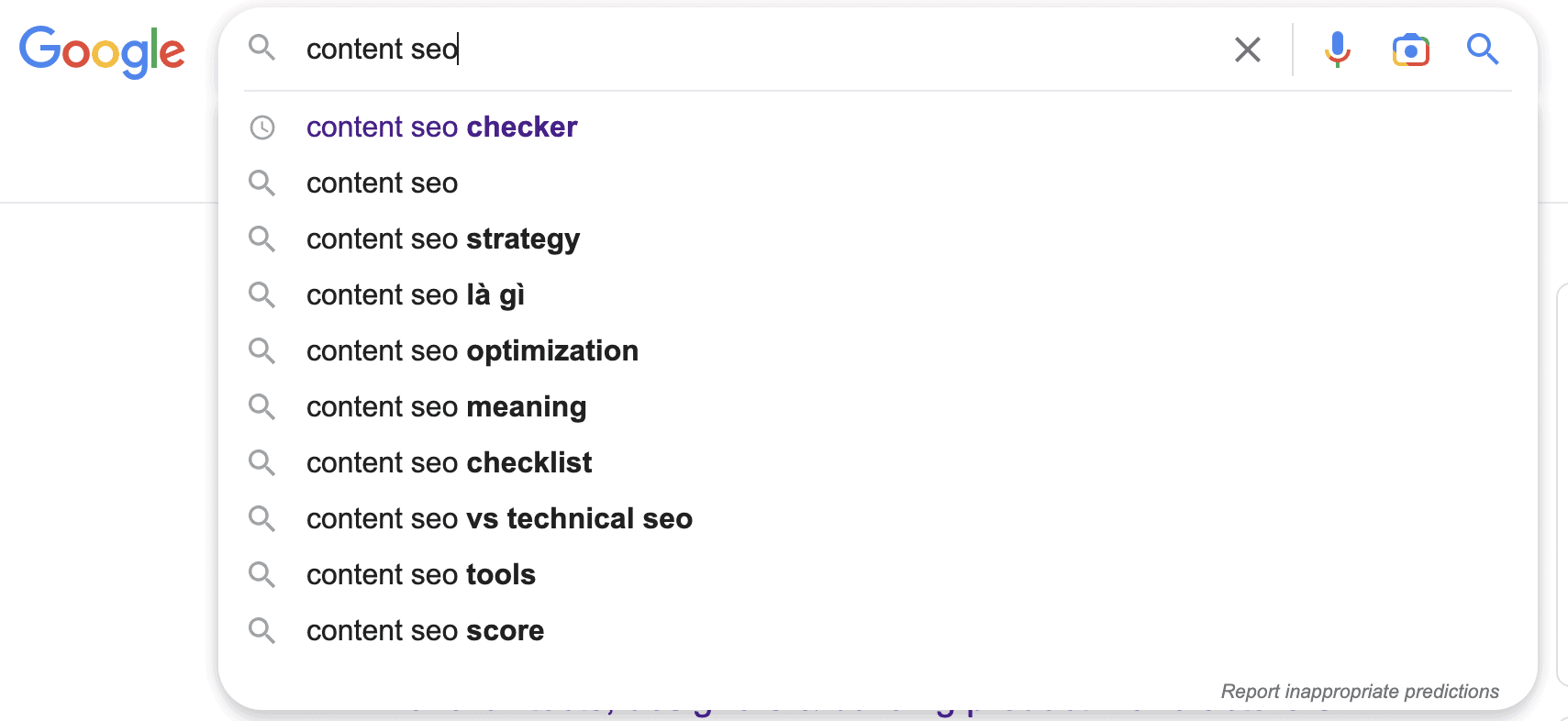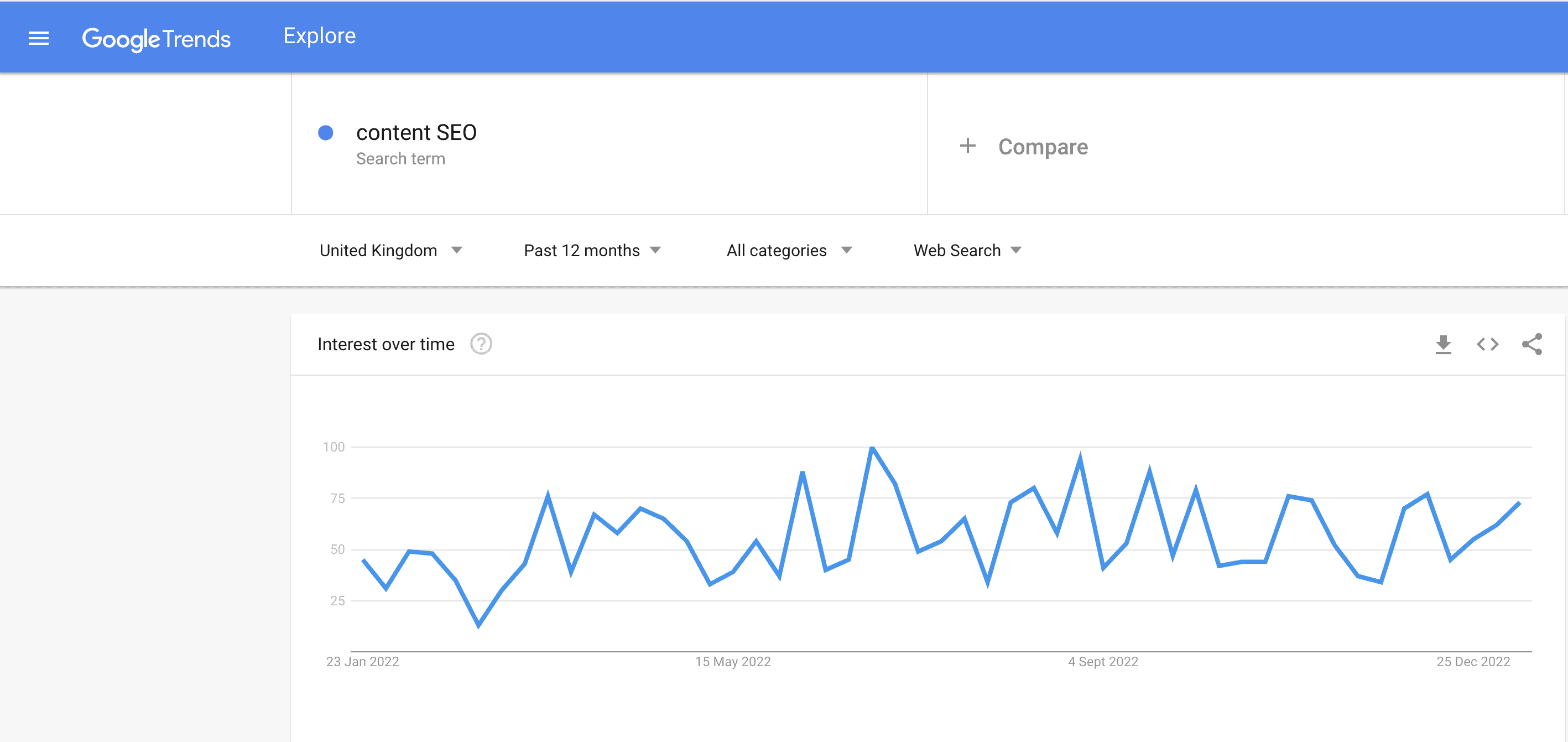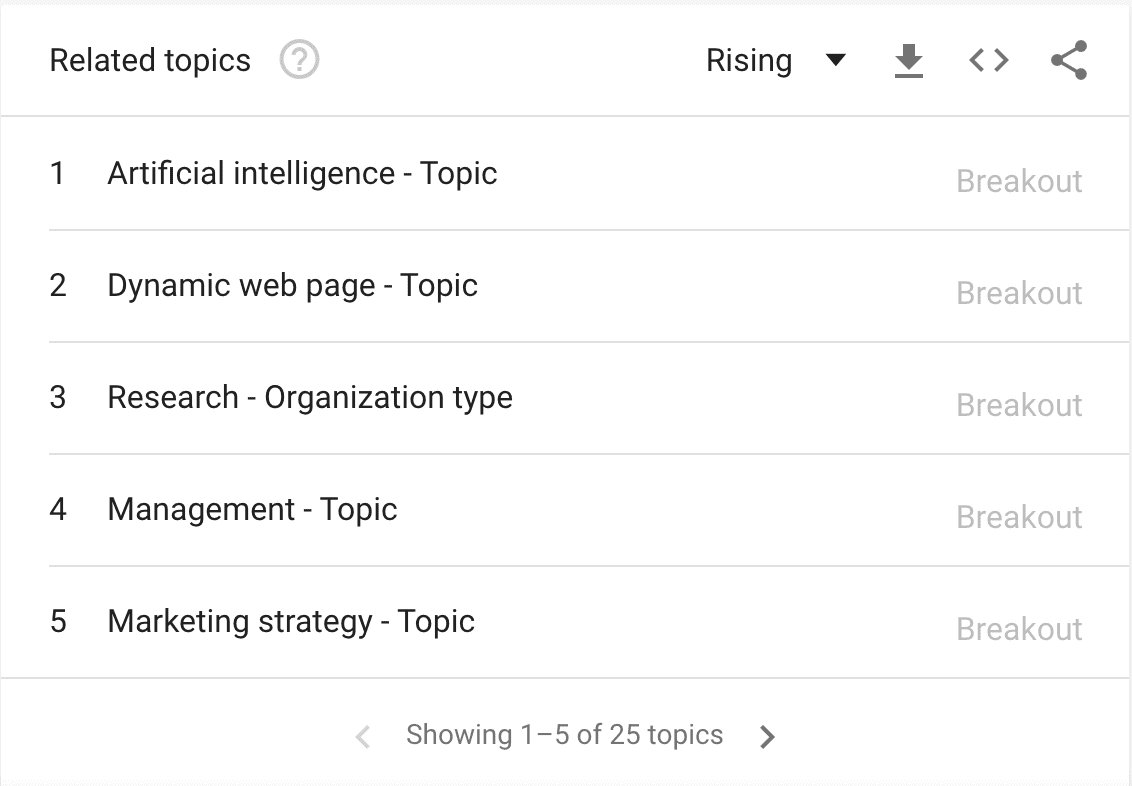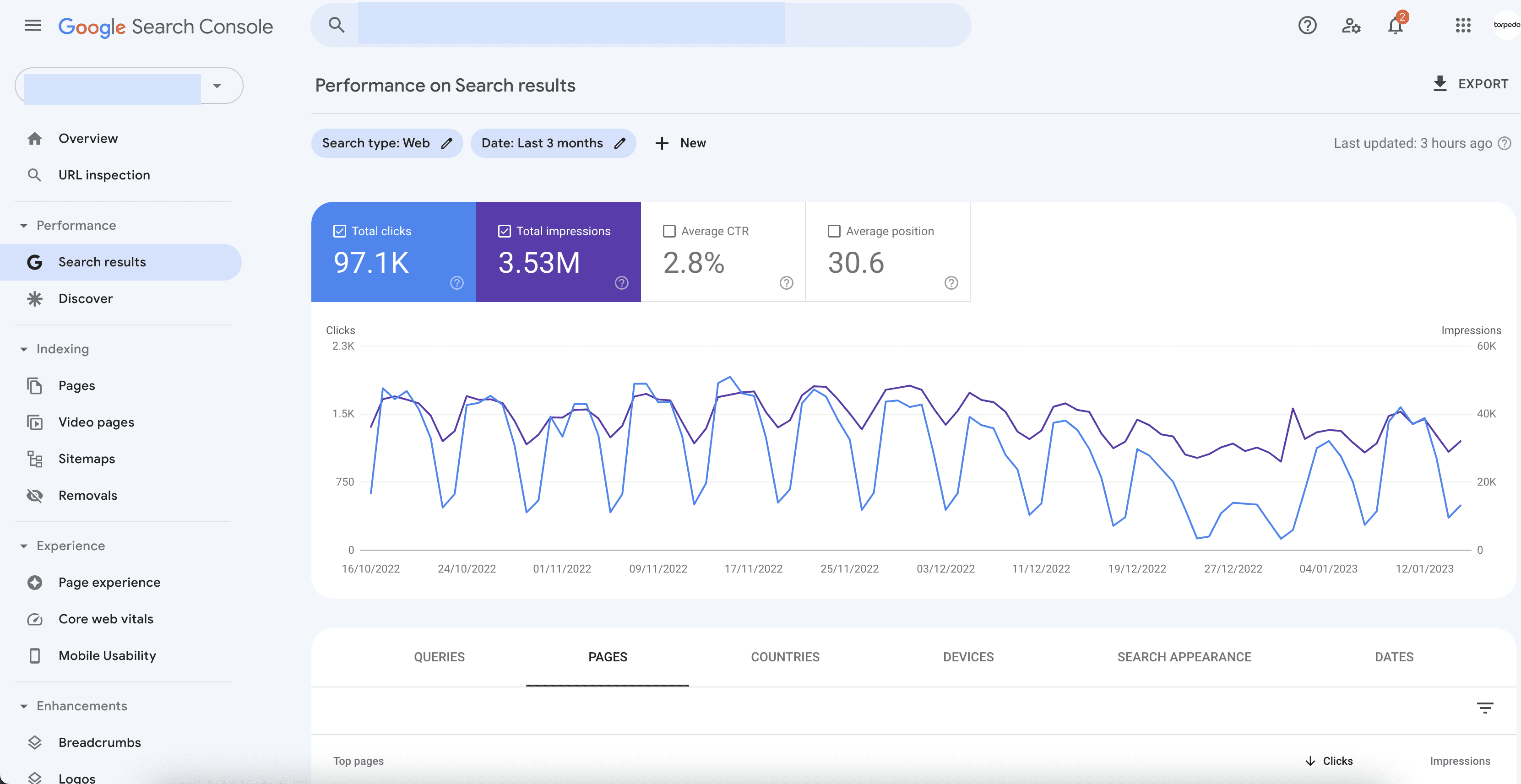Approaching content research from an SEO perspective
30th January 2023 •
30th January 2023 •
Content is one of the most important aspects of SEO. It conveys what sites are about and helps with indexing. So it’s not only helpful for users, but also for search engines. The problem is everyone knows this, and competition is fierce – especially for more popular queries. This article explains how to approach content research with SEO in mind.
Millions of websites regularly churn articles in the hope of getting more visibility and traffic. However, that’s not always what it’s about. Sure, having more visibility on Google will increase your chances of being seen by potential clients, but what if the traffic you’re getting isn’t what you need? I.e., users that will convert.
In this blog we explain how to approach content creation and reach the right people, without wasting valuable resources such as manpower and money.
Not all companies have a clear vision of what they want to achieve. Do you want more visibility? Do you want to squash a specific competitor? Do you want to sell a service or a product? All these different types of goals mean a different approach to research.
A user-centric approach goes hand-in-hand with SEO. This is a valuable resource because it’s a user group you know more about. Often, companies aren’t maximising all the potential ways to gain information from this source. You know what they bought and what they needed. But are you actively logging their questions and issues with your product? Any positive feedback they might have? What are their wishes? You should also be actively seeking feedback from these clients. This will not only improve your services and products, but also ensure you supply relevant content to potential new ones.
Are you getting questions from some of your leads? Do the same questions appear repeatedly? What’s stopped them from using your services or products up to now?
Google itself supplies a lot of info already. For example, if you start typing a search query, it suggests commonly entered keywords. You will also see the top-ranking results for the entered query and can use them as inspiration for your content (but we’ll get to this later). Your query depends on what you want to be seen for. If it’s digitalisation services for the financial sector, then type that.

Ok, this is a bit of a weird one, but hear me out: Google LOVES Wikipedia. The encyclopaedia ranks in the top positions for pretty much every query under the sun. Why do they like it so much, you might ask?
Wikipedia’s content success factors:
There are many keyword tools on the market. Some are free but they can have limitations. Others require a subscription such as SEMrush or Ahrefs. These offer a very comprehensive view of the keyword environment including search volumes, search intent, competition, SERPs (Search Engine Results Pages), keyword variations, whether they’re broad or phrase matches, and insights into which keywords domains/sub-domains/sub-folders individual URLs are ranking for. Furthermore, you can also check further areas of SEO such as backlinks. Some of these tools offer great content-writing guides too.
Yes, paid search insights are very helpful for content research. SEO works best if other marketing sources play into it. In this case, PPC is a great way to gain insights into search queries that users have entered and led them to visit a particular page. The click-through and conversion rates can give great insights into whether content is useful and good. You can also decide whether you’d rather target a specific keyword via paid channels or organic ones. Sometimes, your brand name will make you appear very high up in search results anyway and you might be wasting money if you additionally use PPC to boost your search appearance.
As mentioned earlier, search engines such as Google can show you competitors that are ranking for the same search queries. Go to their site and find out why they are ranking well. Again, it might be due to a great content structure – helpful and thorough content that answers important questions that users might have. Of course, the age of the site can play a role too. Get inspiration from these sites, but NEVER ever copy it. This is not only morally questionable but can also lead to strikes from Google!
The competitor content also offers an opportunity to look for gaps. Are there any relevant keywords they didn’t use? It’s easier to use an SEO keyword research tool for this – they offer specific reports to help identify keyword and content gaps.
Tools like Google Analytics or Adobe Analytics can show you important information on how much time users spent on specific pages, how far they scrolled, and how many have bounced. You can use this information to make your content more engaging by adding infographics, expressive images, tables, and bullet points. Indirectly, they also show which content pulls the most valuable customers.
Multiple trends tools such as Google Trends show us how much traction each topic is gaining and in which countries, within a specific time frame. Search for your industry topics and see what’s currently relevant and what has potential.


The best content to garner rankings and traffic is evergreen content. Evergreen content stays relevant and fresh for a long time period. It keeps and maintains its backlink value – unless the backlink is removed – and signals to search engines that your site is relevant.
You won’t get more reliable organic search query information anywhere else! Make sure you connect it to your property, and Search Console will not only ensure your site is technically sound and your content is indexed, but it will also give you info on which search queries users entered to visit specific pages. It’s like PPC, but specifically about organic users. You can also get insights into page speed which is important if you have images and videos in your content.
Do you need help with your content? Check out our content marketing service.

